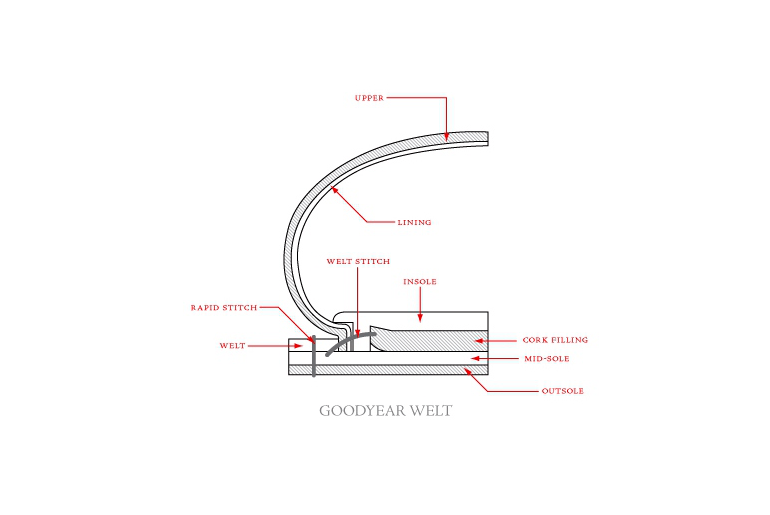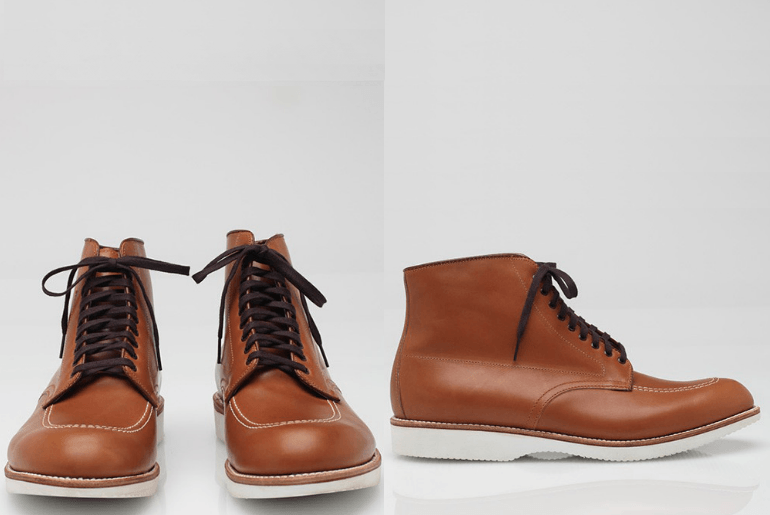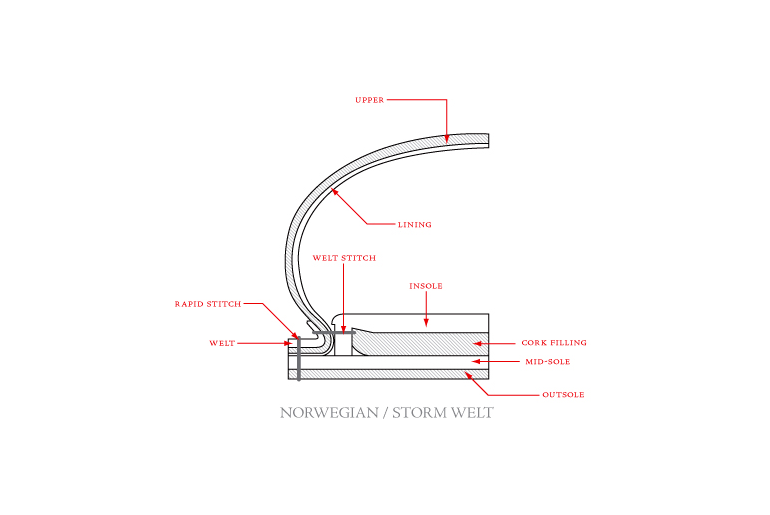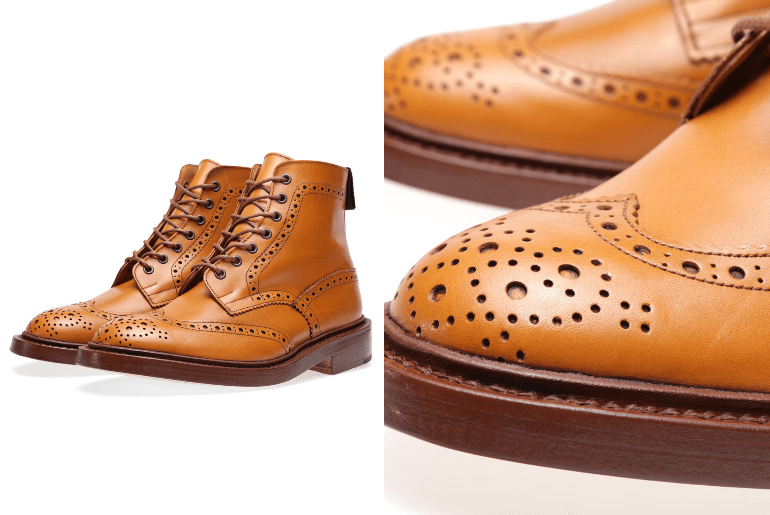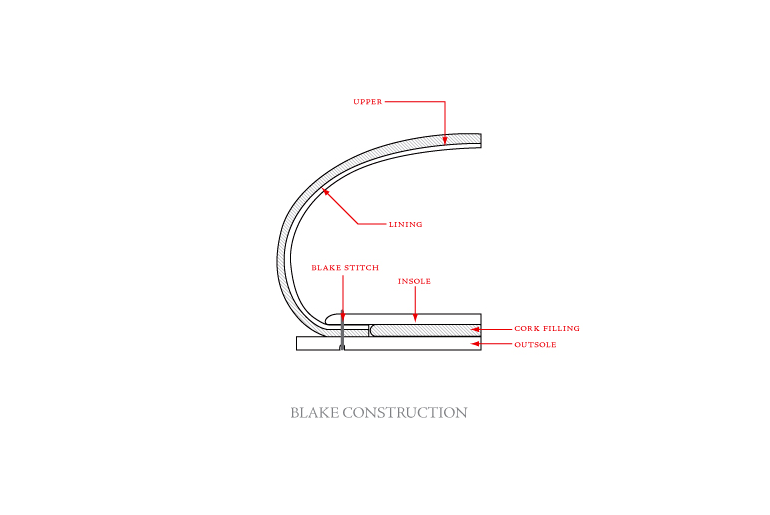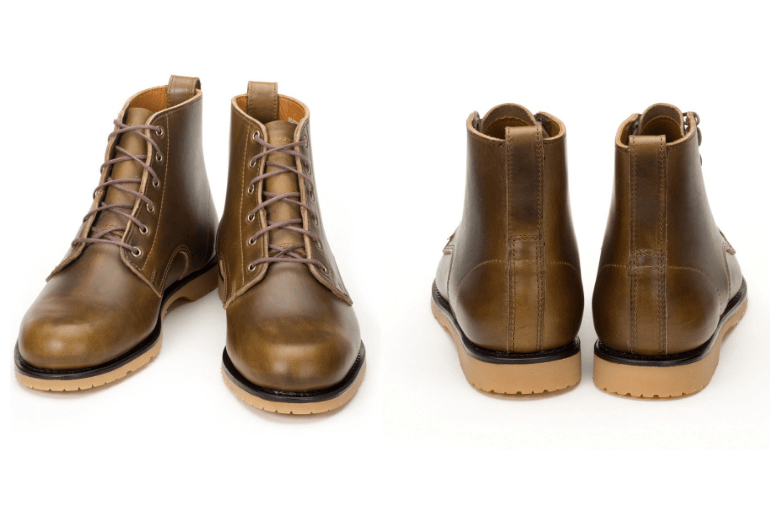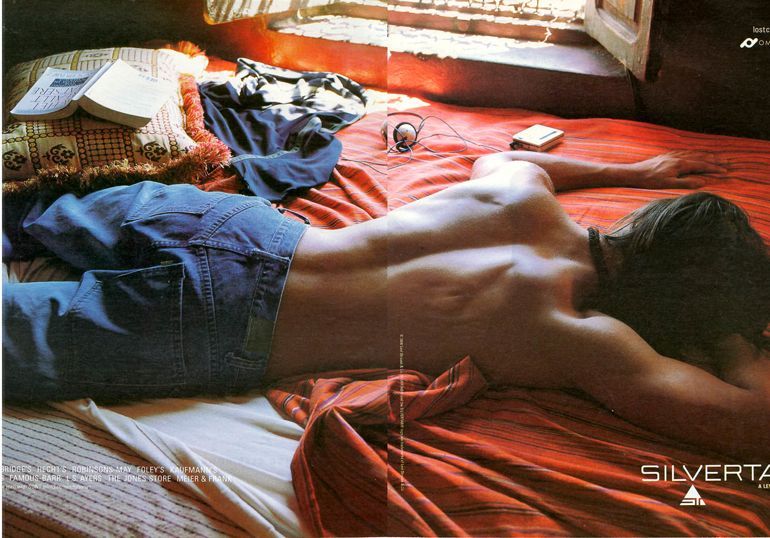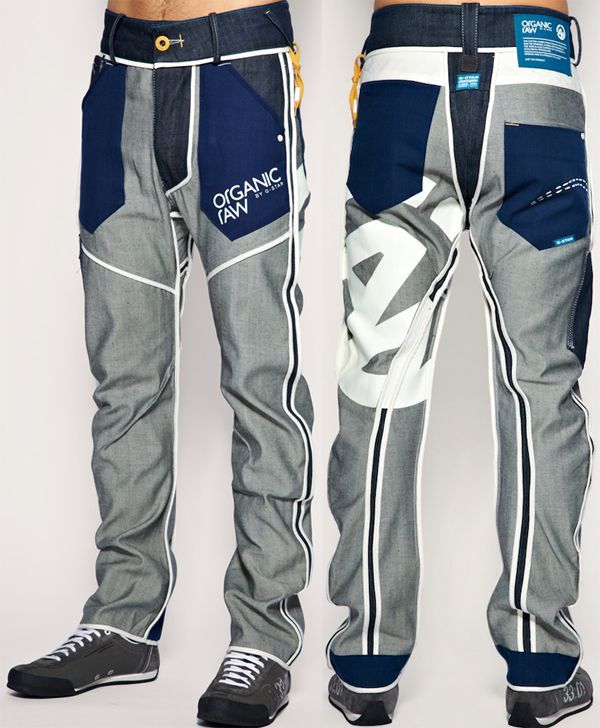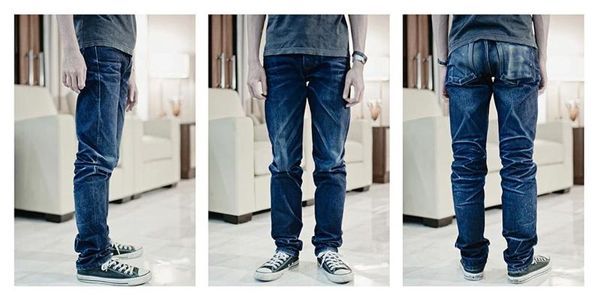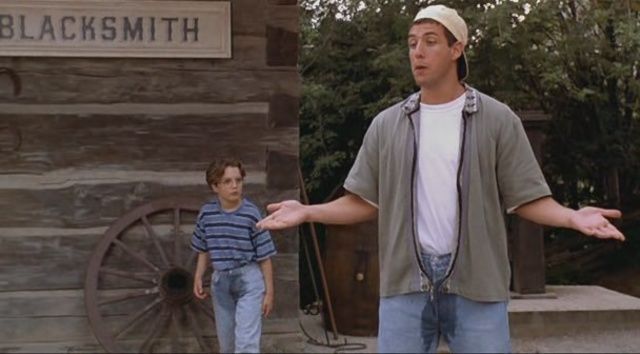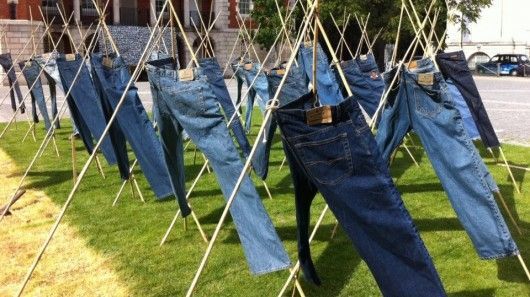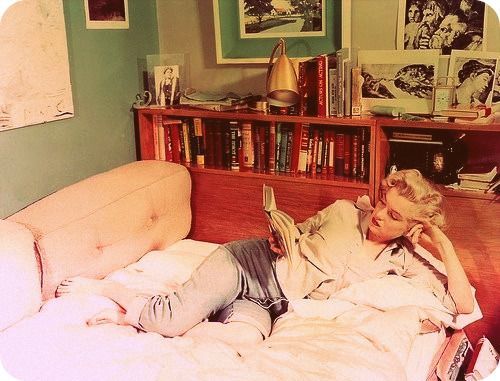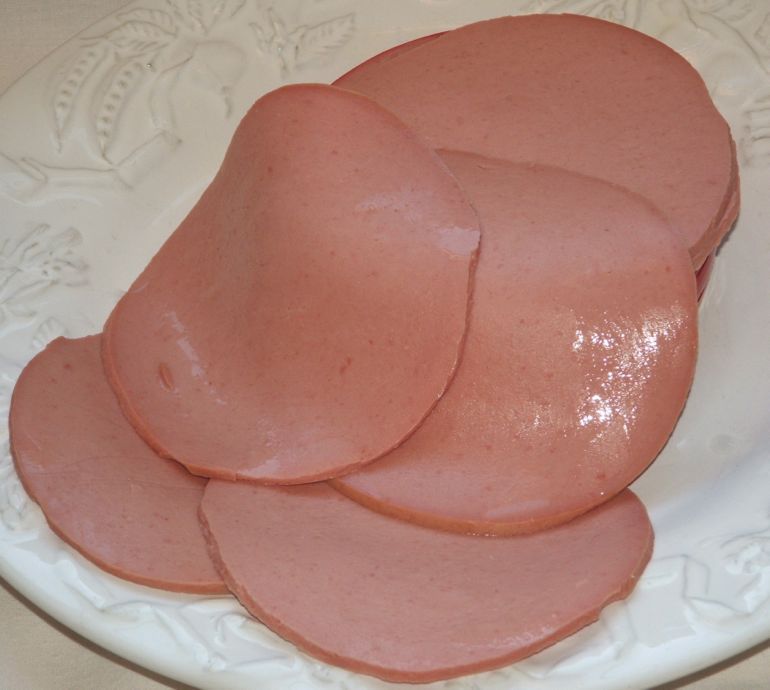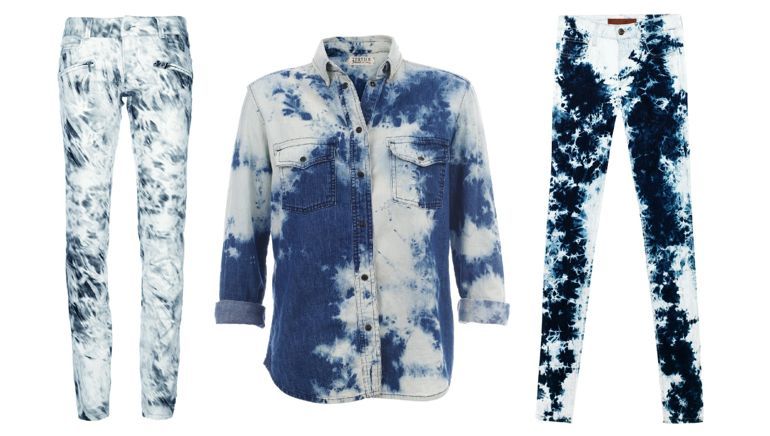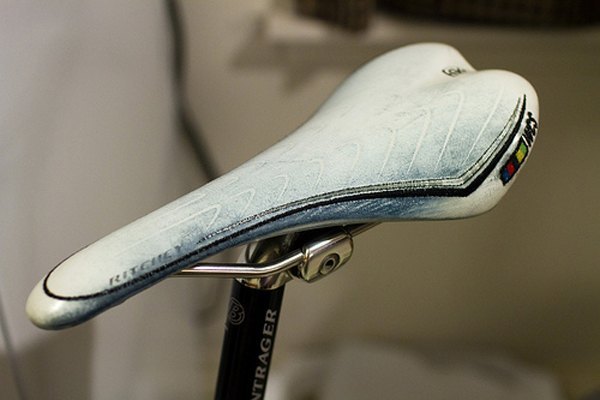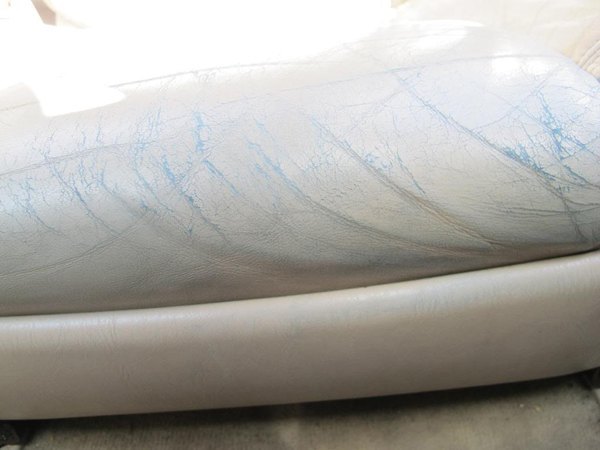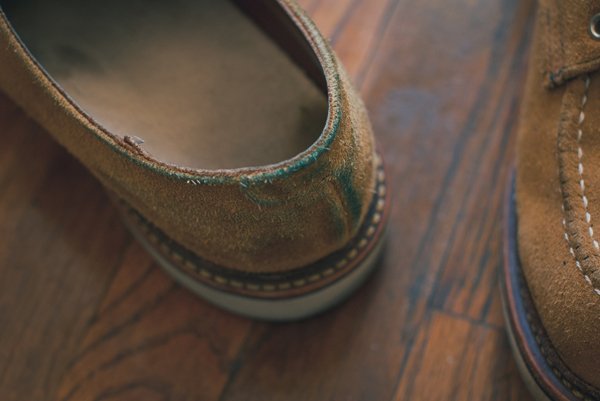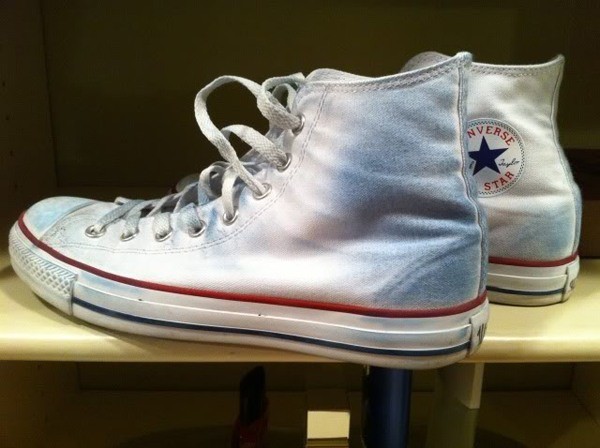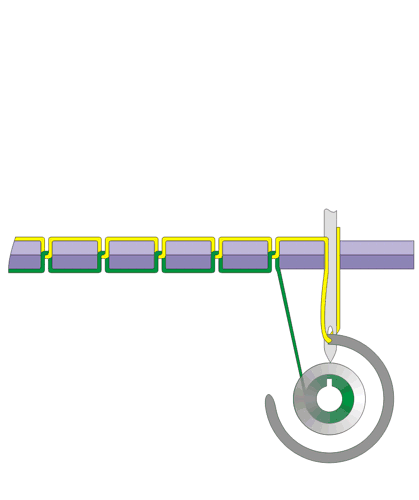
Ordering jeans or other clothing from Japan can be a daunting task. Most Japanese retailers have little – if any – English presence or customer support and thus checkout processes can be frightening, particularly when you have no ideas what you’re supposed to do. The very layout of major Japanese sites like Rakuten and Yahoo Auctions is completely different from major English sites like Amazon orEbay, but for many denim fans it’s an unavoidable obstacle if they live outside of Japan.
The fact is, even the best retailers outside of Japan can stock only a small percentage of a brand’s total offerings, and whether you’re a denim neophyte or a someone with a closet full of sick fades, sooner or later you’ll probably end up wanting to order something from Japan that’s not available anywhere else – or at least, not at a reasonable price.
Enter Proxy Services
What exactly are “proxy services“? For a percentage of the total price, a proxy service takes care of the hard work of actually purchasing from a Japanese store, then eventually ships the denim to you. They handle large walls of Japanese text so that you don’t have to.
This especially comes in handy whenever you’re dealing with buying secondhand. For example, on the Amazon Japanmarketplace, the vast majority of resellers won’t ship outside of Japan, making it otherwise impossible for you to get your hands on such an item. Yahoo Auctions – essentially, the eBay of Japan – is much the same way.
Proxy services can circumvent this limitation because they’re located in Japan. Once you’ve paid them, they buy the item for you, then ship it to you after they receive it. It’s an extra step, but it’s certainly a lot easier than flying to Japan and back just to purchase a pair of jeans. Further, as shipping inside of Japan is so inexpensive and fast, it doesn’t cost you much more time or money anyway.
Let’s take a look at three of the proxy services available.
1. Sutocorp
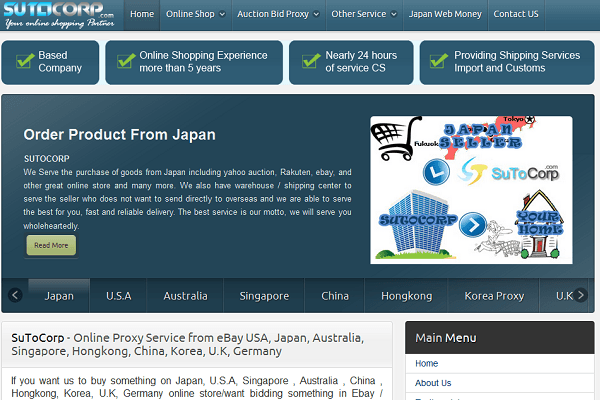
One of the best-known proxy services to denimheads thanks to their advertising on SuperFuture, Sutocorp offers proxying not just for Japan, but also other countries.
All you have to do is contact them, explain what you want, and they’ll handle the rest with a service charge of 8% of the price of your purchase. Since they maintain an open thread on Superfuture, you can read about customer experiences and feedback so you know exactly what you’re getting into with them.
2. Bidservice.jp
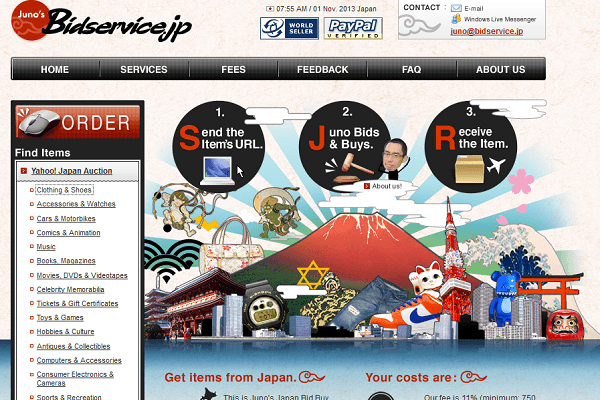
Bidservice.jp functions rather similarly to Sutocorp, but they emphasize that they’ll also handle bidding for items on sites like Yahoo Auctions. This particular service comes in handy since Japanese auctions often only accept payment by bank transfer, which is difficult or impossible for those not in Japan and lacking a bank account. Bidservice charges 11% plus other costs for shipping or bank fees.
3. J-Goods
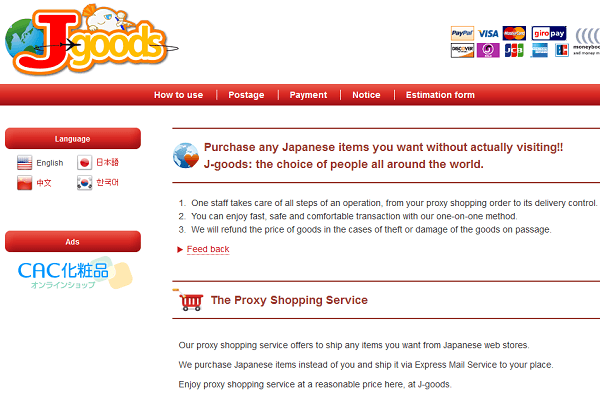
J-Goods works a little differently from the last two. Here, you fill out a form with information on what you wish to purchase and the charge is calculated after the fact (rather than based on a flat rate). A nice bonus offered by J-Goods is the fact that they’ll refund you if your package is lost or stolen in transit, plus you’ll be interacting one-on-one with a staff member for easier transactions.
There are many other proxy options available, but these three should give you a good taste of what to expect when using these services to get your hands on Japanese denim and other items. Is there another proxy service that you’ve used in the past and other would fine useful? Let us know in the comments below.
Stay-Raw!





